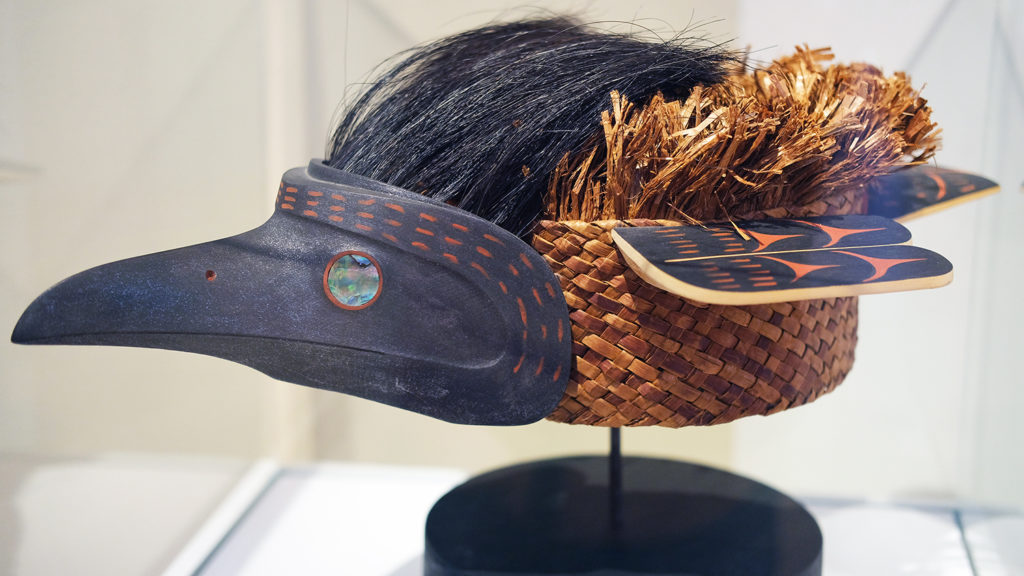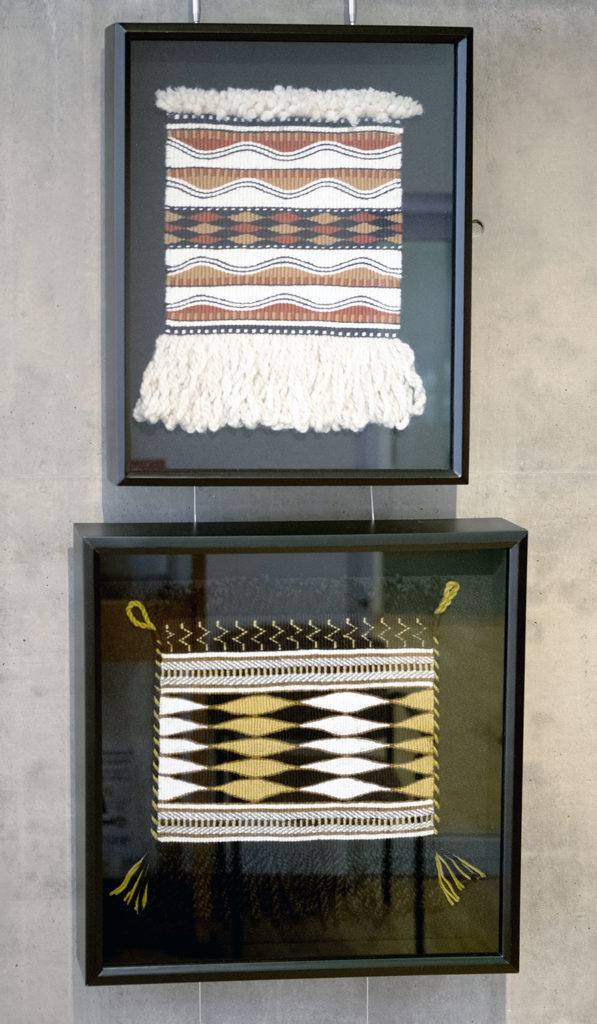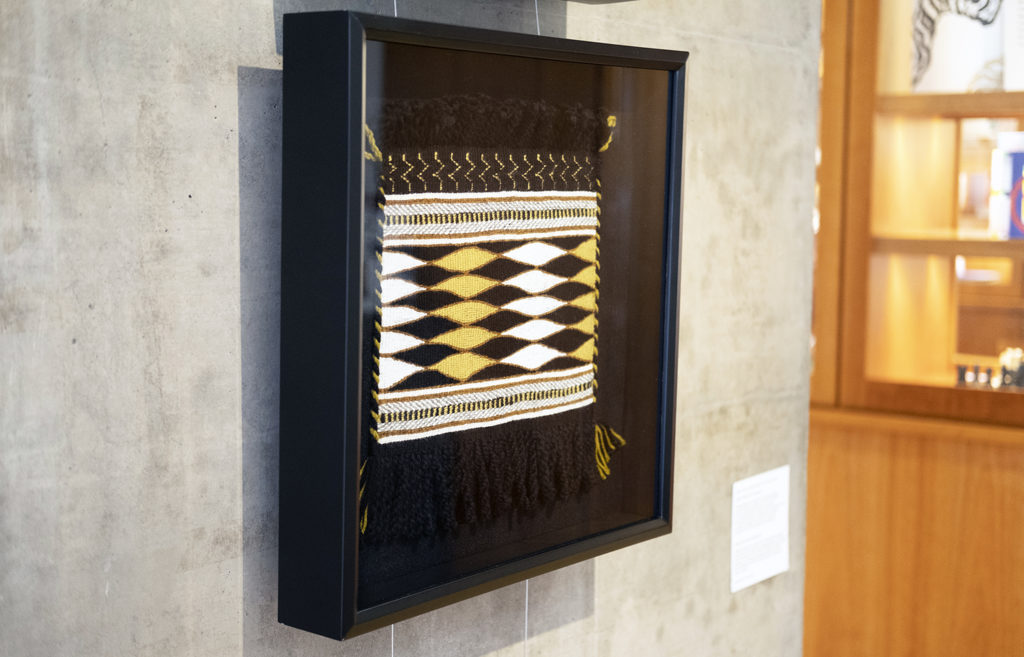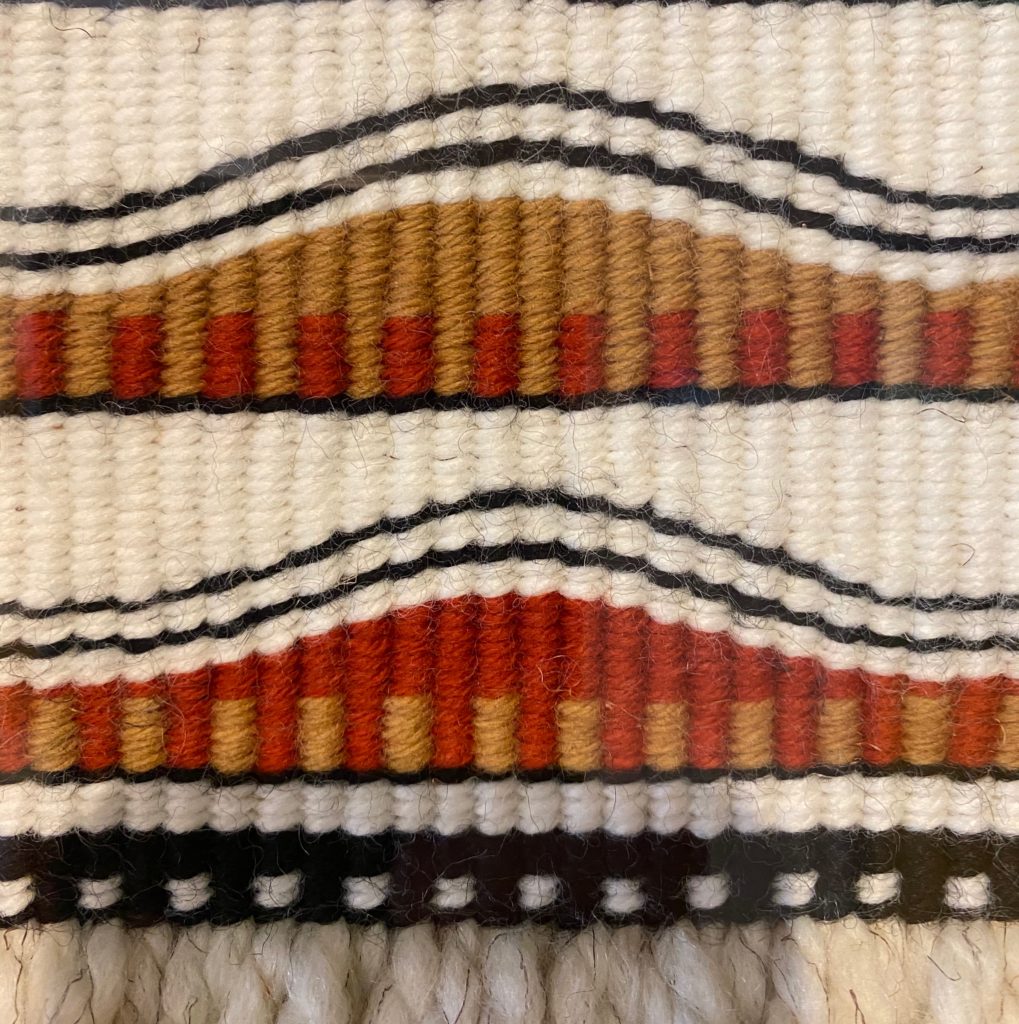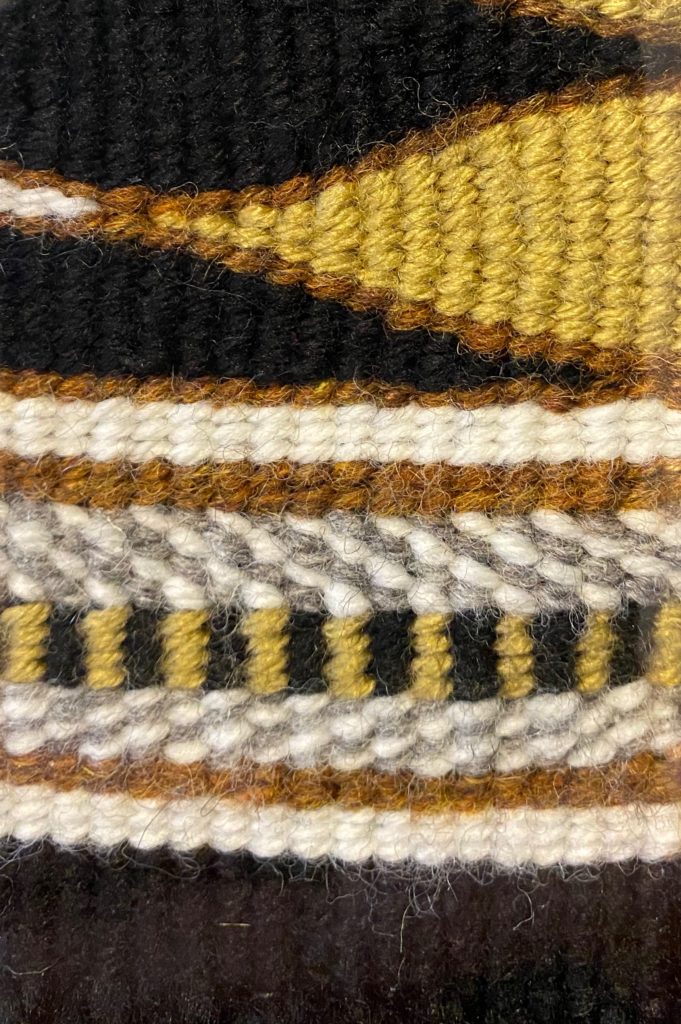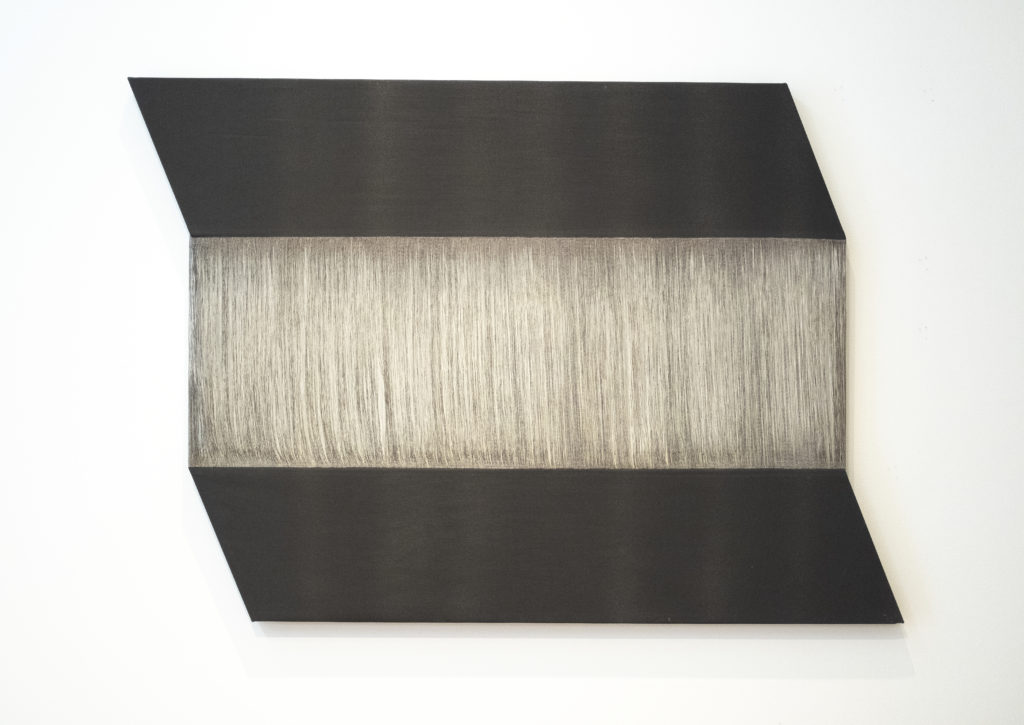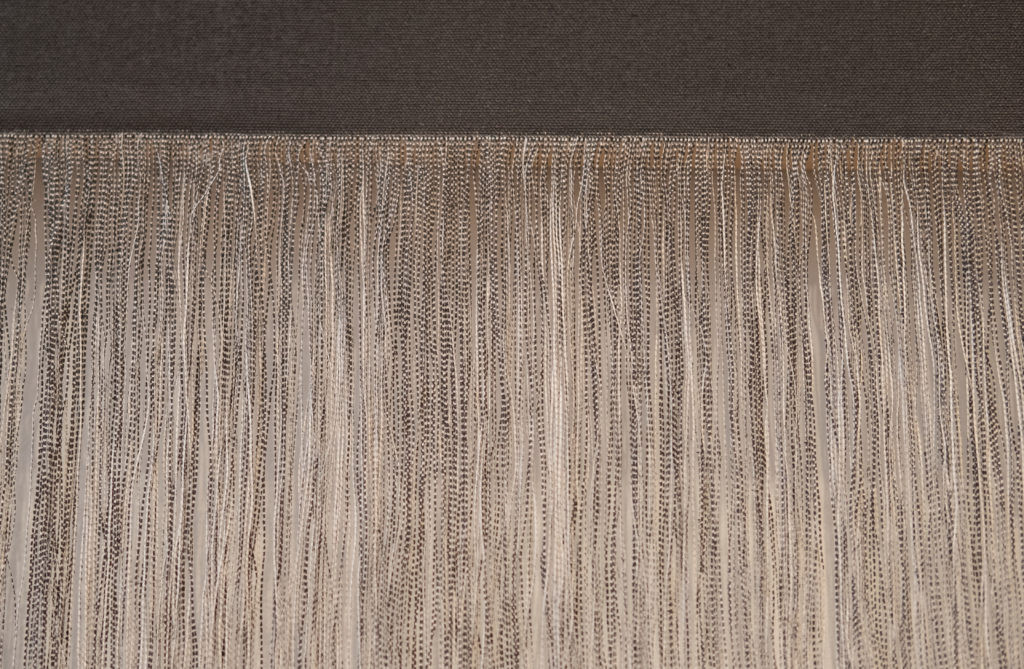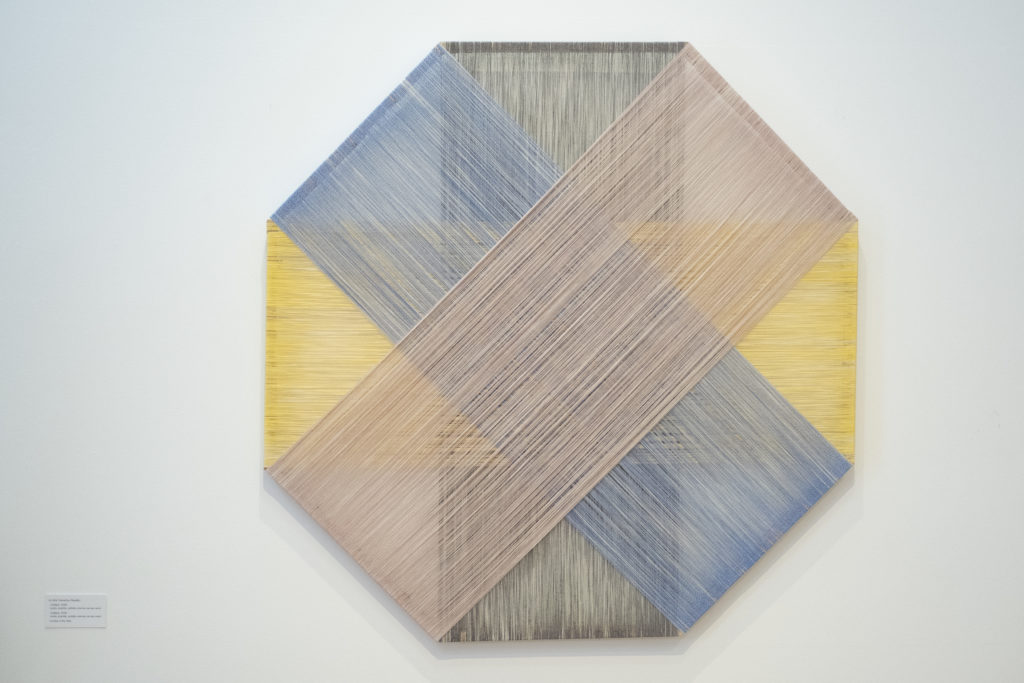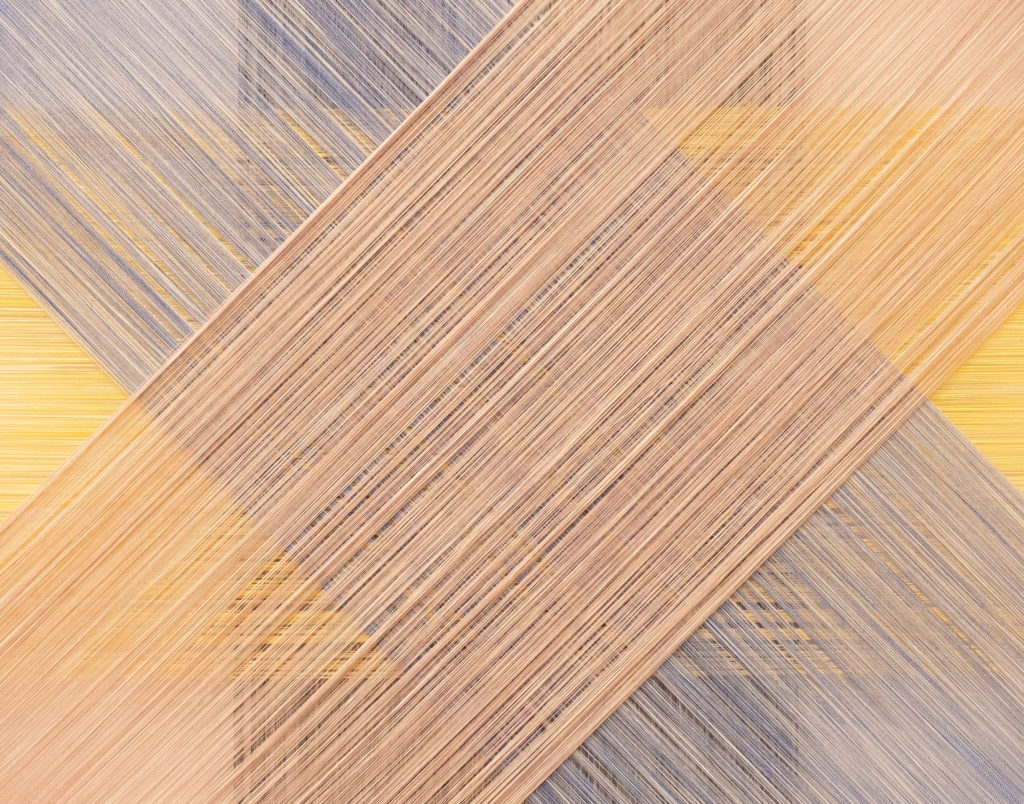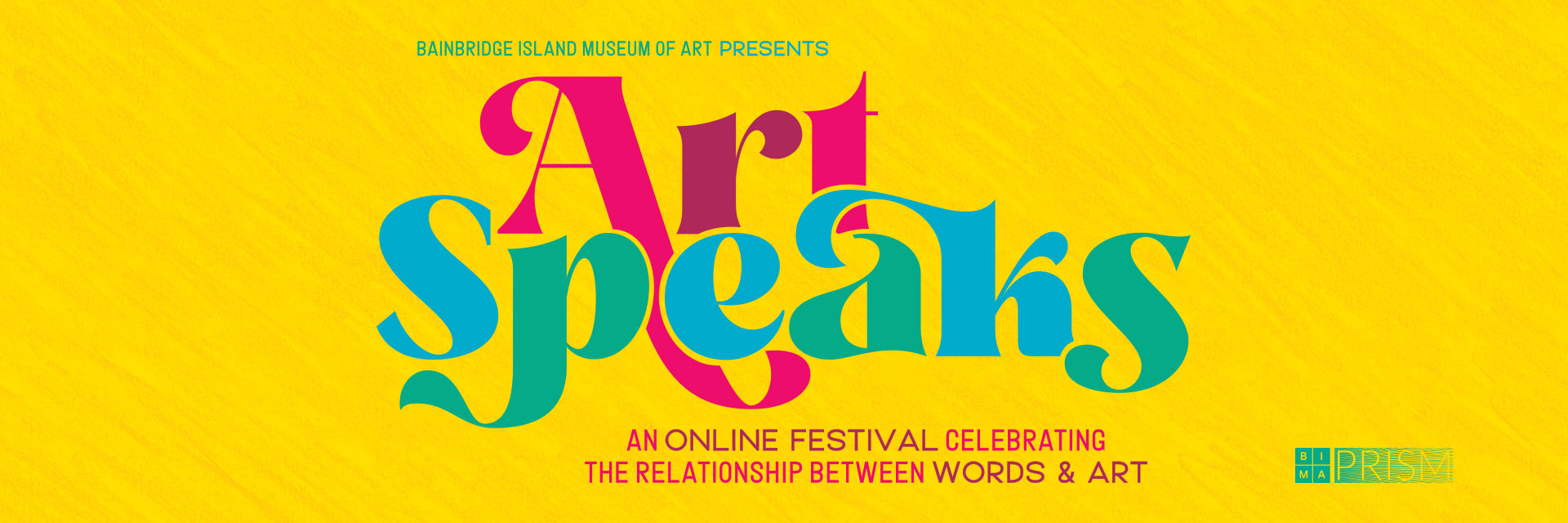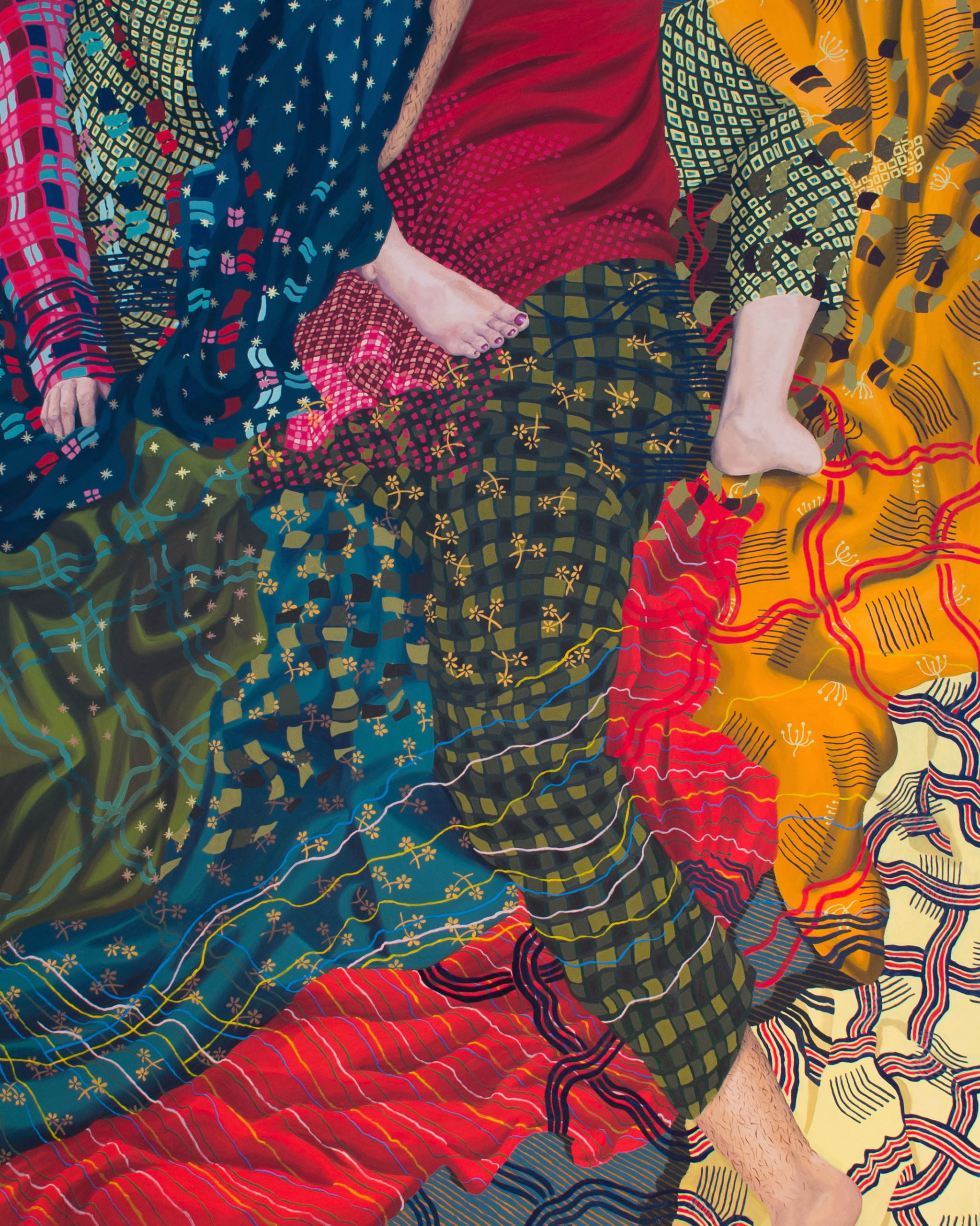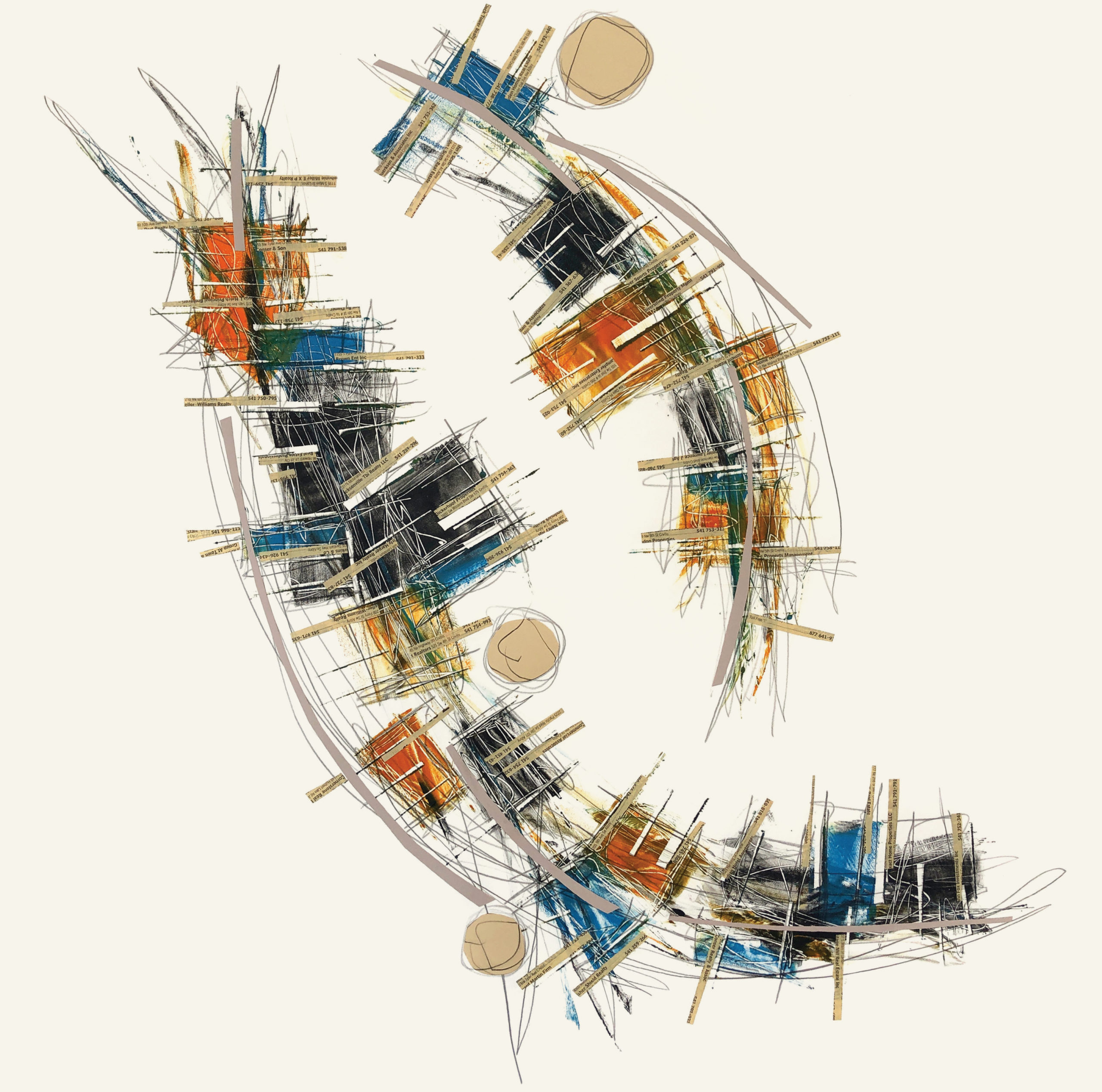BIMA is excited to announce a new partnership with Hiatus Magazine, an online compilation of quarantined teenagers’ most creative works. On BIMA’s social media, we will be featuring pieces from Hiatus’ spring 2020 issue featuring works by their teenage contributors created and imagined while sheltering at home during the COVID-19 pandemic. Any written works will appear here on BIMA’s blog for you to read in its entirety! You can also see all the works from Hiatus’ most recent issue on their website here.
Hiatus is currently looking for contributions for their next fall issue focusing on DEMOCRACY! Are you a teenage creator? Or do you know someone who is? Submissions are due by November 1. Learn how to submit your work here!
Now on to today’s featured work!
——
six hundred and fifty by Audrey Nelson
Six hundred and fifty words; six hundred
Six hundred and fifty words; six hundred
and fifty, and not one more. I don’t quibble with limits
when I set them, but it’s different when you write to fill them—
or rather, cut to fill them—especially
when you write about yourself,
when you cut yourself away.
You cannot start an essay like a letter.
You cannot acknowledge the absurdity of the task you have been set.
You cannot start an essay like a poem,
like the shape your hand makes
when you are bored and too hot and lying on your back
watching your fist open and close.
You cannot start an essay like an email
to the editors of your magazine; you
cannot start an essay
with a question, a quote, a sound.
Even though from the beginning of your life
questions and quotes have tailed you; even though
you always write with sounds. That’s
the rhythm of your writing and the way it speeds up, slows down,
lives in you like a heartbeat, spills out at times, unleashed.
But the way you write—your hands
too fast to follow, the words falling in
and out, away—has no place in
extracurriculars and boiling-down; no place
in the you that you must make.
You aren’t prepared for reduction because
you aren’t reduced and never will be and
if they want you to be that small and cramped then why
do they want you at all?
You don’t remember stories or the living of them. You don’t remember
fitting a structure, fleshing yourself out,
flashing qualities for a board to comment on.
You write emails. Poems. Sometimes letters
to people you love. You play basketball and
sleep in the car. But you can’t just say that, can you? You can’t just say,
I am exactly like everyone else and yet I am the one you want.
Even though that’s what you mean. Even though
you are secure in your superiority. Even though
you sit in yourself, love yourself,
your rough edges, soft lines. Your heart full and
broken in your chest. Your
mosquito-bite scars. You are aware of the ways in which
you occupy the world; in which your boundaries are defined
and impermanent; in which you are someone
never seen before. Sometimes you even write that down.
But with this you cannot begin
how you’ve always begun—the screen is too small
and beyond it the world is too large.
What do they want? What pieces of you?
Do they want to know that you walk
to the end of your neighborhood at night
when you are useless with that distant static feeling
that accompanies quarantine? Do they want to know that it helps?
Do they want to know that you cry at the piano? And that
you’re Jewish, technically, but distrust all kinds of gods?
Do they want to know that you read at mealtimes or
that you interned on a congressional campaign,
started a newsletter, hung cranes
from the bottom of your bed?
Maybe they don’t want to know that you’re sometimes
so happy that you run around the house, like you’re five instead of seventeen. Maybe
they don’t want to know that.
But cut away the extra and you
are not whole. Or true.
You are someone else and your fit
is forced, like Cinderella’s stepsisters without the blood and gore. Only part
of you is present on that page.
If only you could open yourself
up, words with no end. Not nonfiction captions and chapters but
an inefficient spiraling of you. You the way you know yourself to be.
You going head-to-head with the boys in sixth grade;
you standing shoulders-squared onstage.
You writing poetry about Parkland. You
in homeless shelters terrified.
You a quantity of self, which fills and brims over
and so often refuses to fall.
That skim you lose in six hundred and fifty words—
you know that you’ll miss it
when it’s gone.
——
Be sure to follow Hiatus Magazine at their Instagram and check out all the work on their website here.


